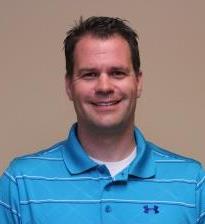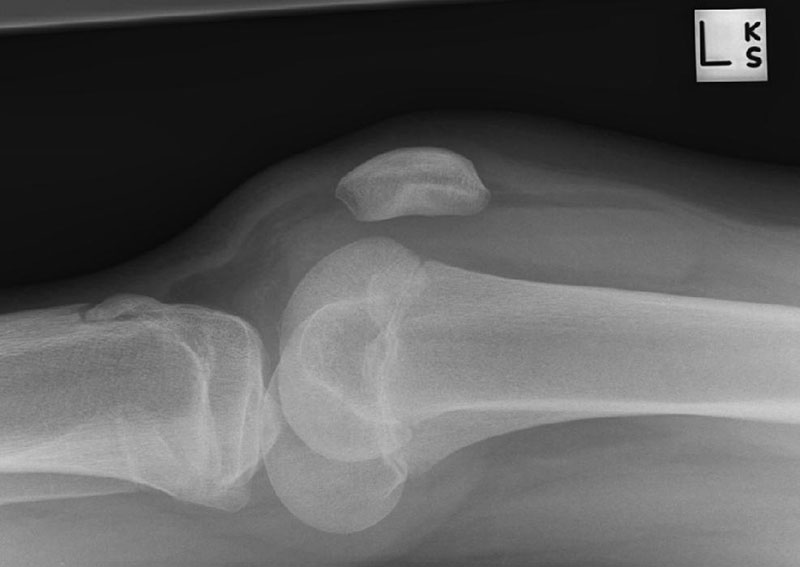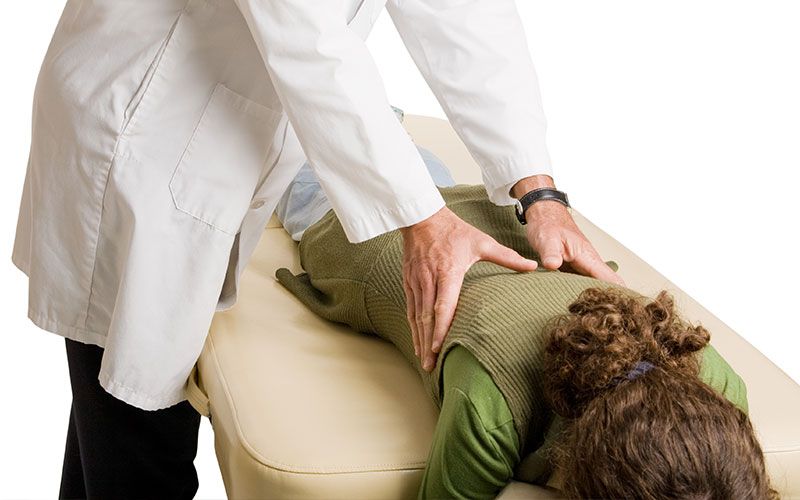Cerebral palsy is the generic term for a group of physio-motor and developmental handicaps that is caused by a problem in the brain’s cerebrum. The condition occurs in 2.1 out of 1000 children born, the majority of whom are born prematurely or of low birth weight. Doctors also commonly cite problems during pregnancy, during labor, and other health problems during the first three years of a child’s life as reasons for the development of cerebral palsy. Cerebral palsy, commonly known as CP, is non-contagious and non-progressive, and it may show varying degrees and types of symptoms in different children.
Because it affects a child’s motor skills, it is common in children with CP to have paralysis in different parts of their bodies. They also often suffer from twisted joints, stiff muscles, and even epilepsy, as well as speech problems and deformities of the bone structure. There is no known cure for CP. While the brain damage in itself does not progress overtime, the symptoms suffered by the child worsen as he/she grows older. Children living with CP must undergo continuous medication for their specific symptoms, be constantly in need of walking and movement aids, may need surgery at one point or another, and need physical therapy for the rest of their lives.
Therapy Programs
Children with CP need regular and specific therapy programs. Because their symptoms worsen as they age, their physical therapy needs also progress. An ideal physical therapy for a child living with CP is one that
- helps provide ease in movement,
- eases the constant pains and discomforts of their limited muscle and bone movement,
- loosens the muscles since children with CP tend to have rigid muscles,
- stretches the muscles that usually shrink as a result of the cerebral palsy, and
- strengthen their muscles with regulated, constrained movement so they don’t go limp.
With rehabilitation and therapy, a child with cerebral palsy can have better body coordination, build body strength, enhance balance, and be more independent in general.
The Role of the Therapist
A physical therapist’s role in the life of a child with cerebral palsy does not stop with the daily stretches and routinely exercises. Because the child’s body needs change, the physical therapist must respond to the change and make the child adapt to both the limits and capacities of his/her body by planning new routines as the needs arise. The physical therapist also designs and determines which type of aid/adaptive equipment a child with CP needs. Because they know the exact physical condition of the child as far as motor skills are concerned, they know which equipment would work best for the child.
The role of the physical therapist in a cerebral palsy child’s life does not stop at the therapy room. Because a CP child needs as much therapy as possible, the exercises continue at home. It is, therefore, the job of the physical therapist to work closely with the child’s parents and caregivers to plan routines stretches, and physical activities that they can and should do at home.
Conclusion
Cerebral palsy is a lifelong condition and there’s no cure for it. However, with physical therapy, a person living with CP can live more easily, more independently, and with less pain.













